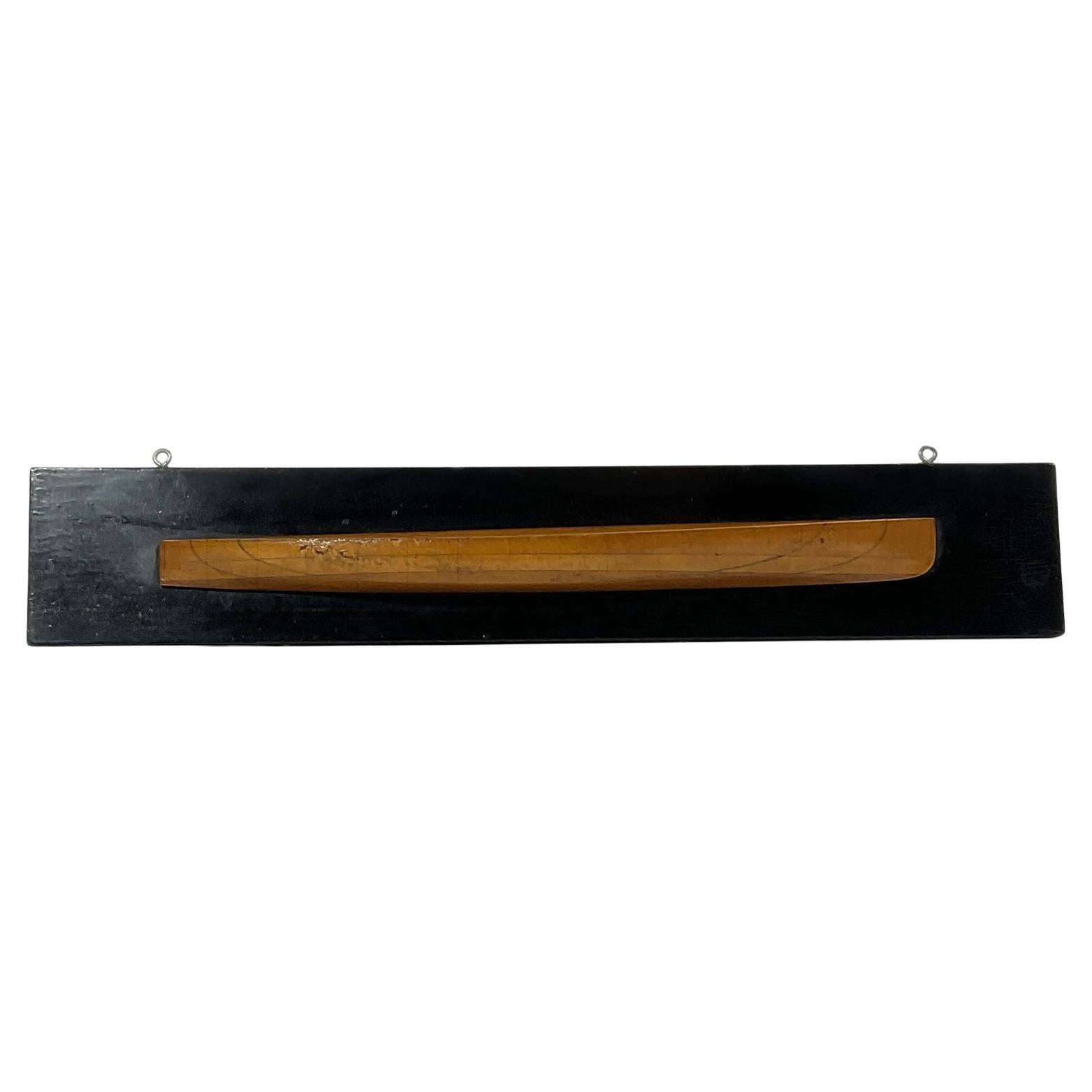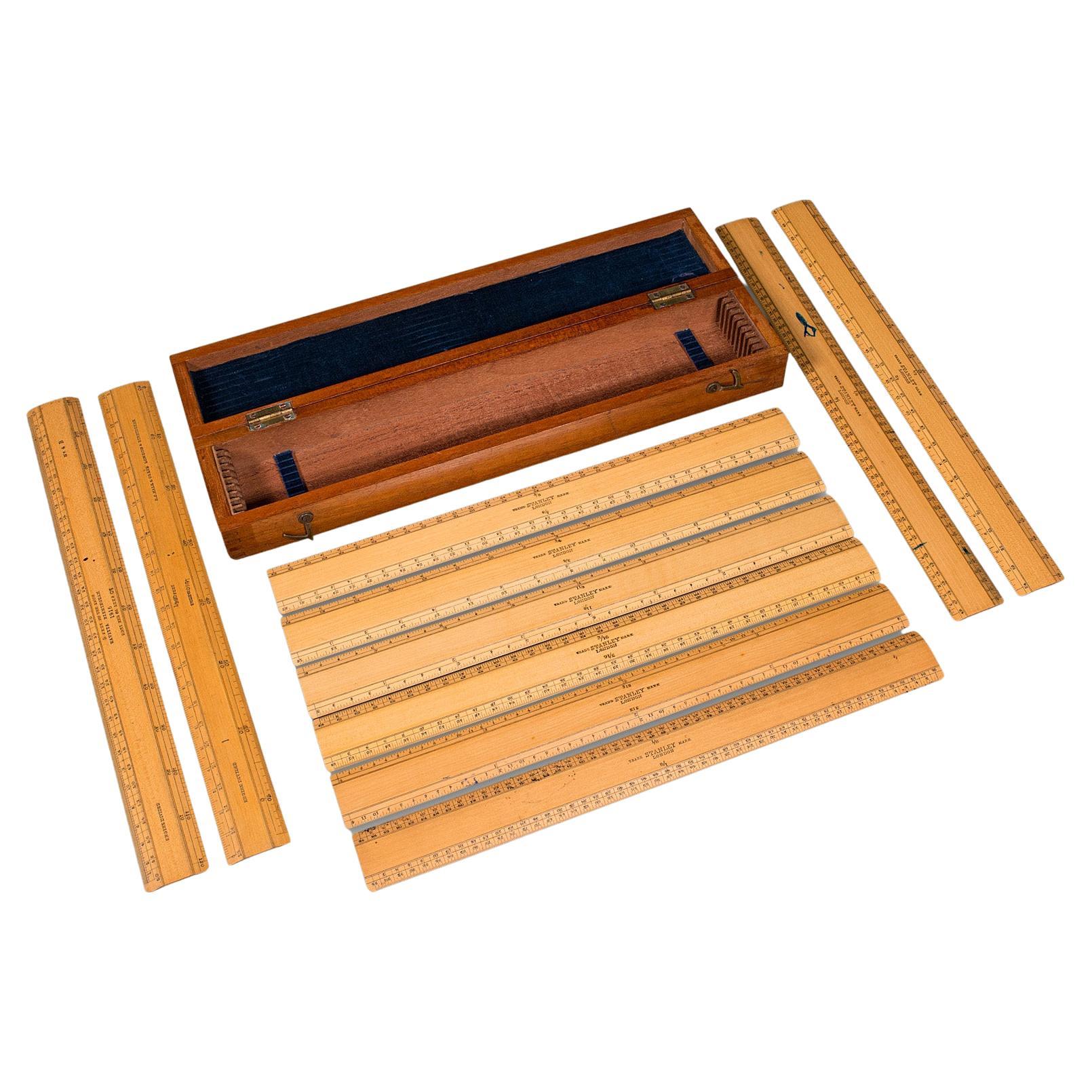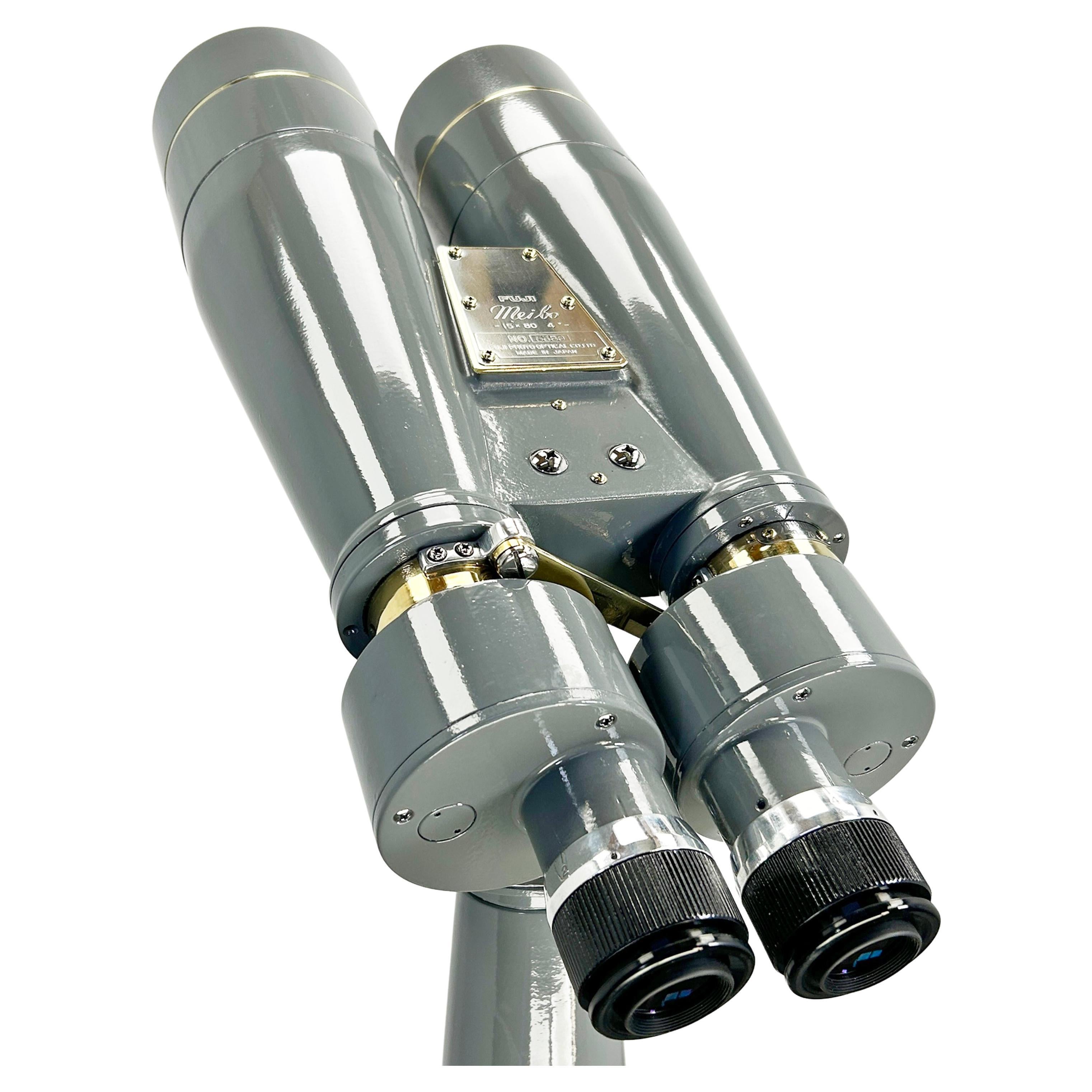Items Similar to Wilson Chilton’s mahogany Naval Architects/draughtsman box of curves/templates
Want more images or videos?
Request additional images or videos from the seller
1 of 13
Wilson Chilton’s mahogany Naval Architects/draughtsman box of curves/templates
About the Item
Wilson Chilton’s mahogany Naval Architects/Naval draughtsman box of curves and templates, probably by Gillows still retaining around 100 superb quality small and large shears, two of them inscribed, the box of rectangular form with a hinged top, in fine quality mahogany with the T-square and straight-edge also executed in mahogany, a single drawer, with two original inset brass handles, opens at each end of the box, the interior retaining the original brass locking pin for the drawer, the inkwell (glass slightly damaged), period pen and old sealing wax (appear to be of the period.) One inscribed ‘October the 15 1820 The small moulds 56 Wilson Chilton’ and ‘Number of shear moulds 27 1820 October the 15’. English, circa 1820
Provenance: Formerly the property of Wilson Chilton shipwright
Wilson Chilton son of Richard Chilton and Elizabeth Wilson, born 24/12/1797 baptised 01/07/1798 in Bishop Wearmouth Co. Durham ( Sunderland south of the Wear). A directory of 1827 gives the address of 2 Low Street, Sunderland, on the Bishop Wearmouth shore.
1829 – 1840 Wilson Chilton appears to have had a shipyard in Sunderland. He was obviously an important name in the industry and clearly would become a serious player in the area as a ship builder.
June 1828 He was one of ten partners in Leithead & Co. Shipbuilders. The London Gazette records the partnership as being dissolved.
24 December 1829 Chilton married Isabel(la) Kirton.
1841 A census described him as a shipbuilder living in Brougham Street, Bishop Wearmouth with his wife, two sons ,Wilson Jr and William, a daughter, his widowed mother, and his parents [sic]. He may well have owned property in that street.
4th July 1833. Wilson Chilton with six others formed a new company trading as Wilson Chilton & Co. This in turn was dissolved on
27th of April 1838. A new William Chilton & Co. was formed with three other partners and was later dissolved.
1851 was recorded as shipbuilder and employing 6 hands and 9 apprentices. A third son, Thomas was born, and his oldest son became an apprentice presumably under his father, his address was 50 Brougham Street, where he remained for the rest of his life.
1861, age 63 bankrupt and appears to be employed as a foreman shipwright. At that time his eldest son, Wilson Jr, was partner in a shipbuilding firm called Spowers and Co., which was dissolved 16/12/1868, and from which a new Wilson Chilton & Co. was formed.
Wilson Chilton Snr was not listed as having any occupation in 1871 and then in 1881 he is described as a landlord and is living at 50 Brougham Street owned by his son Thomas.
1881 25th of September Wilson Chilton died. Probate was granted to his four children and his personal estate was £10. He had probably conveyed property to his children.
1911 Willian Jr his son died as a working shipwright.
NB There exist several newspaper cuttings relating to Chilton and the ships he launched.
- Attributed to:Gillows of Lancaster & London (Maker)
- Dimensions:Height: 5.5 in (13.97 cm)Width: 39 in (99.06 cm)Depth: 16.75 in (42.55 cm)
- Materials and Techniques:
- Place of Origin:
- Period:
- Date of Manufacture:circa 1820
- Condition:Wear consistent with age and use.
- Seller Location:Lymington, GB
- Reference Number:1stDibs: LU973030803972
About the Seller
5.0
Recognized Seller
These prestigious sellers are industry leaders and represent the highest echelon for item quality and design.
Established in 1982
1stDibs seller since 2013
107 sales on 1stDibs
Typical response time: 2 hours
Associations
LAPADA - The Association of Arts & Antiques Dealers
- ShippingRetrieving quote...Ships From: Lymington, United Kingdom
- Return PolicyA return for this item may be initiated within 14 days of delivery.
More From This SellerView All
- Pair of Antique English Naval CannonLocated in Lymington, HampshirePair of antique English naval cannon each with a tapering three stage barrel flanked by plain trunnions, with a knob shaped cascabel button before a shaped rectangular raised vent and ending in a 3 1/2” bore muzzle, enclosing a removable conforming wood plug, circa 1800. Stood upon a naval type bronze-mounted four wheeled wooden carriage, including its wedge shaped quoin with knob handle. The Earls of Lonsdale, Lowther Castle, Cumbria, presumably by descent to Hugh Cecil Lowther, 5th Earl of Lonsdale (1857-1944), until sold by his heir and brother, Lancelot, 6th Earl, as part of the contents of Lowther Castle, Maple & Co. Ltd./Thomas Wyatt, Tuesday 14 April 1947 and two following days, lot 558: ‘A pair of Old Gun Metal Cannons on teakwood carriages, 3ft. 6in. long’. Mrs. P.M. Adie-Shepherd, sold Christie’s, London, 29 May 1970, lot 96. Lowther Castle is a castellated mansion built by Robert Smirke between 1806 and 1814 for William Lowther, 1st Earl of Lonsdale (1757-1844). It was constructed on the foundations of the former 17th century family seat, Lowther Hall, but it was only in the early 19th century that it was afforded the name ‘castle’ in keeping with the Europe-wide fashion for romanticism and which was promoted by influential characters such as William Beckford at Fonthill Abbey, Wiltshire in England and by the writer Sir Walter Scott at Abbotsford, Roxburghshire, Scotland. While it’s not known when these naval cannon were acquired for Lowther they would have been entirely fitting in the castle or its approaches and it’s likely that they were in place soon after the castle was completed, or perhaps acquired later by the 5th Earl. A tantalising possibility is that the cannon were originally aboard the East Indiaman Lowther Castle which was active in the early 19th century. HUGH CECIL LONSDALE, 5TH EARL OF LONSDALE (1857-1944) AND THE DEMISE OF LOWTHER CASTLE In 1882 at the age of 25 Hugh Lonsdale (1857-1944) unexpectedly inherited the earldom and with it the extensive Lonsdale estate, including tens of thousands of acres of Cumberland and Westmorland and coalfields at Whitehaven. However, despite his spectacular inherited wealth – he was suddenly one of the wealthiest men in England, over the course of his lifetime he managed to decimate the family fortune. He led a full and colourful life, one of adventure and luxury. An early intrepid escapade took place in July 1888 when, as part of an expedition called the Scotch Naturalist Society, he set embarked on horse sleigh...Category
Antique Early 1800s English Arms, Armor and Weapons
MaterialsBronze
- Royal Naval Ship’s Elm Companionway BoardLocated in Lymington, HampshireA Royal Naval ship’s elm companionway board, of rectangular form with an arched top and two sturdy brass rings, naively carved with a crowned coat of arms flanked by a lion and unicorn...Category
Antique 1860s English Nautical Objects
MaterialsElm
- Frederick Chapman: ‘Naval Architecture War Vessels’, circa 1770Located in Lymington, HampshireFREDERICK CHAPMAN: ‘Naval Architecture War Vessels’, circa 1770, , 50 engraved plates of various sizes depicting naval diagrams (numbered I-XXVI), four signed ‘F. Ringheim’and one ea...Category
Antique 18th Century Swedish Books
MaterialsPaper
- Mahogany Miniature Hull Model of a GalleonLocated in Lymington, HampshireA mahogany miniature hull model of a galleon, on a mahogany stand, late 19th century, circa 1890.Category
Antique 19th Century Models and Miniatures
MaterialsMahogany
- Rare Antique Mahogany Cased Cork Model of a LighthouseLocated in Lymington, HampshireA rare 19th century cork model of the Eddystone lighthouse, which was designed by John Smeaton, within a glazed mahogany case surmounted by a turned finial, the model of the lighthou...Category
Antique 19th Century British Models and Miniatures
MaterialsMahogany
- Gold and Agate Snuff Box Belonging to Anne, First Duchess of BuccleuchLocated in Lymington, HampshireThis oval gold snuff box is inscribed with a crest of ‘a stag trippant’ within mantling of upright ostrich plumes tied with a bow, all below a ducal coronet and above a cypher of the entwined initials ‘B.A.B.’ for Anne of Buccleuch. English, circa 1670. Provenance: Anne, 1st Duchess of Buccleuch Anne Scott, 1st Duchess of Buccleuch (1651-1732) was a wealthy Scottish peeress. After her father died when she was a few months old, and her sisters by the time she was 10, she inherited the family’s titles. She was married, at 12 years old, to James, 1st Duke of Monmouth, the eldest illegitimate son of Charles II, then 14. Following the king’s death in February 1685, James spearheaded an anti-Catholic revolt to depose the new king, James II, and claim the throne from his uncle. The brief Monmouth Rebellion ended in defeat and James, by then Duke of Monmouth and Buccleuch, was executed for treason. The Duchess had six children by Monmouth, and a further three by her second husband, Charles, 3rd Baron Cornwallis, whom she married in 1688. She died in 1732 and was succeeded by her grandson, Francis, Earl of Dalkeith. The style of chasing used on this box is very reminiscent of a signed piece in the Gilbert...Category
Antique 1670s English Snuff Boxes and Tobacco Boxes
MaterialsAgate, Gold
You May Also Like
- Naval Architect's Half Model of a SpeedboatLocated in Norwell, MAQuality architect's half model of a double ended competition speedboat. The hull is marked with the lines of the vessel. Possibly a C.W. Mower design. Mounted to a wood backboard. Ci...Category
Vintage 1930s North American Models and Miniatures
MaterialsWood
- A. G. Rizzoli, Architect of VisionsLocated in Bradenton, FLA. G. Rizzoli - Architect of Magnificent Visions by Jo Farb Hernandez, John Beardsley and Roger Cardinal. Hardcover with dustjacket. 94 illustrations with 36 plates in full color. 13...Category
Late 20th Century Books
MaterialsPaper
- Set of Antique Draughtsman's Rules, English, Engineer's Instrument Set, C.1920Located in Hele, Devon, GBThis is a set of antique draughtsman's rules. An English, beech engineer's instrument set in a mahogany case, dating to the mid 20th century period, circa 1920. Charming set of me...Category
Early 20th Century British Edwardian Scientific Instruments
MaterialsBeech
- Set of Vintage Draughtsman's Rules, English, Engineer's Instruments, circa 1930Located in Hele, Devon, GBThis is a set of vintage draughtsman's rules. An English, beech engineer's instrument set in a mahogany case, dating to the mid 20th century period, circa 1930. Useful set of meas...Category
Early 20th Century British Edwardian Scientific Instruments
MaterialsBeech
- Mid Century Japanese Fuji Meibo Naval Binocular Nardo Grey & Brass -Original boxBy Fuji MeiboLocated in Leicester, LeicestershireJapanese Fuji Meibo Observation Binoculars 15 x 80 - 4 degree field of view. A large pair of Japanese naval observation binoculars mounted on an a...Category
Vintage 1950s Japanese Industrial Nautical Objects
MaterialsAluminum, Brass
- Antique Print of a Naval Vessel by Mortier '1695'Located in Langweer, NLAntique print titled 'Vaisseau du premier rang portant pavillon d'Admiral'. Beautiful copper engraving of a naval vessel. From Mortier's famous maritime Atlas "Neptune François". Eng...Category
Antique Late 17th Century Prints
MaterialsPaper
Recently Viewed
View AllMore Ways To Browse
Antique Curved Furniture
Hands Of Industry
Curved Mahogany
Area Curves
Naval Furniture
Lock Of London
Antique Straight Edge
Curved Three Drawer
One Drawer Box
London Antique Furniture Area
4th July
4th Of July
Naval Ship
Antique Furniture South London
Wilson Antique
Three Drawer Box
Antique T Square
Small Mahogany Box





